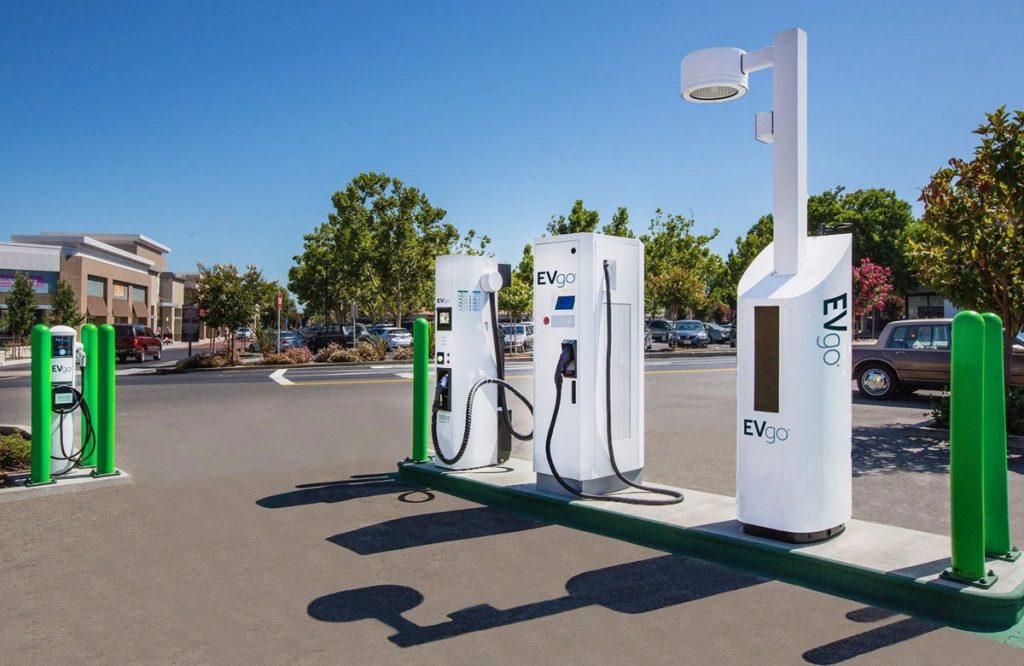
The electric vehicle (EV) market is experiencing rapid growth, with more and more people making the switch to environmentally friendly transportation. As the demand for EVs increases, so does the need for efficient and fast charging solutions. One of the latest breakthroughs in EV charging technology is the development of 400KW EV charging stations. These high-power chargers are capable of adding up to 62 miles (100 km) of range to an electric vehicle in just three minutes, making them one of the fastest charging options available on the market today.
In this article, we will explore the features and benefits of 400KW EV charging stations and their potential impact on the EV industry. We will also compare them to existing charging options, such as Tesla Superchargers, and discuss the future of high-power charging infrastructure.
The Evolution of EV Charging Stations
EVBox, an Amsterdam-based company, has recently introduced the EVBox Troniq High Power, the first standalone 400KW EV charging station. This innovative charging solution has been extensively tested during an Early Adopter Program, which lasted five months near Amsterdam and Toulouse. The program recorded over 4,000 successful charging sessions and more than 1,700 hours of active charging, delivering over 91 MWh of energy to electric vehicles.
The EVBox Troniq High Power charger is designed to provide a seamless charging experience for EV owners. Its high-power output allows for rapid charging, reducing the time spent waiting at charging stations. Furthermore, the charging power can be dynamically shared between two EVs, enabling efficient use of the available energy. This means that each vehicle can receive up to 200KW of energy, ensuring a quick and convenient charging process.
Advantages of 400KW EV Charging Stations
The introduction of 400KW EV charging stations brings several advantages to the EV market. Firstly, the ability to add up to 62 miles of range in just three minutes significantly reduces charging time, making long-distance travel more feasible for EV owners. This enhanced charging speed also contributes to the overall convenience and user-friendliness of electric vehicles, addressing one of the main concerns of potential buyers.
Secondly, the dynamic power sharing feature of 400KW charging stations allows for efficient use of energy resources. By allocating power between two vehicles, these chargers optimize energy distribution and reduce wastage. This not only benefits the environment by promoting sustainable energy consumption but also helps to alleviate strain on the power grid during peak charging periods.
Comparison to Tesla Superchargers
Tesla, a leading name in the EV industry, has been at the forefront of developing fast-charging solutions for its vehicles. The Tesla V3 Supercharger, currently capped at 250KW, has been widely adopted by Tesla owners worldwide. However, EVBox’s 400KW charging stations surpass the charging speed of Tesla Superchargers, offering an even more efficient charging experience.
It’s important to note that the maximum power output of Tesla Superchargers is not always achieved in practice. While the new Tesla V4 Superchargers, with a total max power output of 600KW, show promise, they are still in the early stages of deployment. On the other hand, EVBox has already successfully tested and launched its 400KW charging stations, making them readily available for EV owners.
The Future of High-Power Charging Infrastructure
EVBox plans to produce up to 2,000 units of the EVBox Troniq High Power charger this year at its factory in Bordeaux, France. The company expects to fulfill orders starting from September 2023 in Europe. This production scale indicates the growing demand for high-power charging infrastructure and suggests that 400KW EV charging stations will become more widely accessible in the near future.
As the adoption of EVs continues to rise, the demand for faster and more efficient charging solutions will also increase. High-power charging infrastructure, such as the EVBox Troniq High Power charger, plays a crucial role in meeting this demand and supporting the widespread adoption of electric vehicles. It is expected that other manufacturers will also develop their own high-power charging solutions to cater to the evolving needs of the EV market.
Conclusion
The introduction of 400KW EV charging stations represents a significant milestone in the evolution of electric vehicle charging. These high-power chargers offer rapid charging speeds, reducing the time spent waiting at charging stations and making long-distance travel more feasible for EV owners. With the ability to add up to 62 miles of range in just three minutes, these charging stations address one of the main concerns of potential EV buyers.
The dynamic power sharing feature of 400KW charging stations optimizes energy distribution, ensuring efficient use of resources and reducing strain on the power grid during peak charging periods. This promotes sustainability and contributes to the overall environmental benefits of electric vehicles.
While Tesla Superchargers have been popular among Tesla owners, the 400KW EV charging stations developed by EVBox surpass the charging speed of Tesla’s offerings. With successful testing and production already underway, these high-power chargers are set to become more widely accessible, supporting the increasing adoption of electric vehicles.
As the EV market continues to grow, the demand for high-power charging infrastructure will only increase. Manufacturers like EVBox are paving the way for faster and more efficient charging solutions, positioning the industry for a future where EVs are the norm rather than the exception.
Additional Information: It is important for EV owners to consider the charging infrastructure available in their area when purchasing an electric vehicle. Charging availability and compatibility can vary depending on location, so it is advisable to research the charging options and networks in your region. Additionally, advancements in EV charging technology are ongoing, and it is likely that even faster charging solutions will emerge in the coming years. Staying informed about the latest developments can help EV owners make the most of their charging experience.
